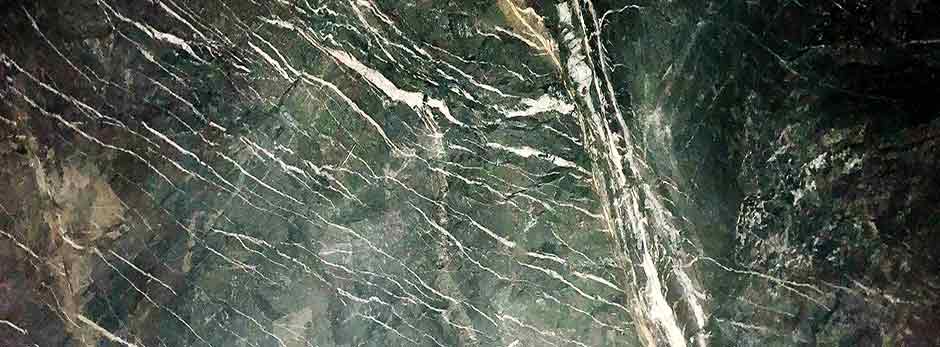Mineral resource estimation can go wrong for a variety of reasons, but often it can be traced back to one source: a lack of geological knowledge, or more specifically the geological model not reflecting the controls on mineralisation.
Mineralisation controls refer to the lithology, alteration and structural features that control the distribution of mineralisation. There are often multiple controls on mineralisation within a single deposit, each having unique characteristics (e.g., orientation, grade variability, mineralogy) that, if not properly defined or modelled, could lead to the over- or under-estimation of quality and quantity of metal or mineralisation within a deposit. This is especially critical in precious metals projects, where grade distribution is often highly variable, and a disproportionate amount of total metal relies on a small subset of drill intercepts. There have been countless examples of projects progressed to development on the basis of an assumption of continuous grade distribution, only to be discovered after production has commenced that the predicted metal content falls well short of the estimate. Inadequate characterisation of the deposit geology and mineralisation controls may lead to incorrect assumptions regarding metallurgical recovery, geotechnical stability, mining dilution, deleterious materials, and overall production cost assumptions with mining and milling.
Junior exploration, mid-tier and large international producers are all repeat offenders. There is a long list of global projects that have progressed to advanced engineering studies or into operations, only to discover at that stage that the lack of robust geological characterisation has resulted in cost overruns or unknown complexity and that the project is in fact, not economically viable. To use a common analogy, if a home is built on a crooked or weak foundation, then it doesn’t matter how well engineered the walls and floors are because it will only be a matter of time before the cracks start to form. The same principle applies to mining projects, except that the eventual writedown or remediation costs could amount to hundreds of millions of dollars or more.
Adequate drilling, drill spacing and quality of the fundamental data are the first steps to properly characterise the geology and mineralisation controls. The interpretation of data and robust modelling by experienced and qualified geologists is key to bringing the understanding of key economic controls on the project to light and only then can risk be assessed. Developing a robust interpretation of the geology and mineralisation controls requires the involvement of a well experienced geologist or team with appropriate technical expertise and the ability to spend but is commonly where companies drop the ball. Spending just 1-2% of an exploration and evaluation budget on people is often all that is required. Engaging technical experts typically costs well under a hundred thousand dollars but this cost pales in comparison to the millions of dollars required to complete a robust drilling campaign – and constitutes the best insurance policy for understanding a billion-dollar deposit.
Despite the relatively low costs involved, there are countless instances where
companies have spent millions of dollars on drilling programs only to neglect to properly analyse and interpret the data and develop a robust geology and
mineralisation model. Back to the house analogy, no one would ever purchase a
million-dollar home then insure it for a hundred bucks.
Initial robust characterisation of an orebody’s geology and mineralisation controls is essential to developing a confident mineral resource estimate, understanding the geological risks of a project and ultimately to the successful advancement of a project. By understanding your rocks from the beginning using experienced and qualified geologists, it becomes a more straightforward and less risky engineering exercise to develop the mine. But fail to adequately characterise and interpret the mineralisation controls and the project may end up being doomed before the first tonne is mined.

